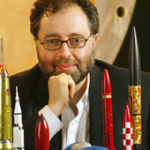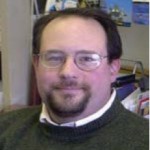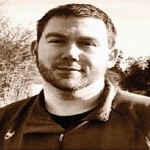At the banquet for the Graduate Research Colloquium 2014 ME-EM Graduate students won the major awards. The main events of this symposium were a Poster Presentation Session and a Research Colloquium sponsored
by the Graduate Student Government
There is a report for the Graduate Research Colloquium 2014 with photos and awards.



